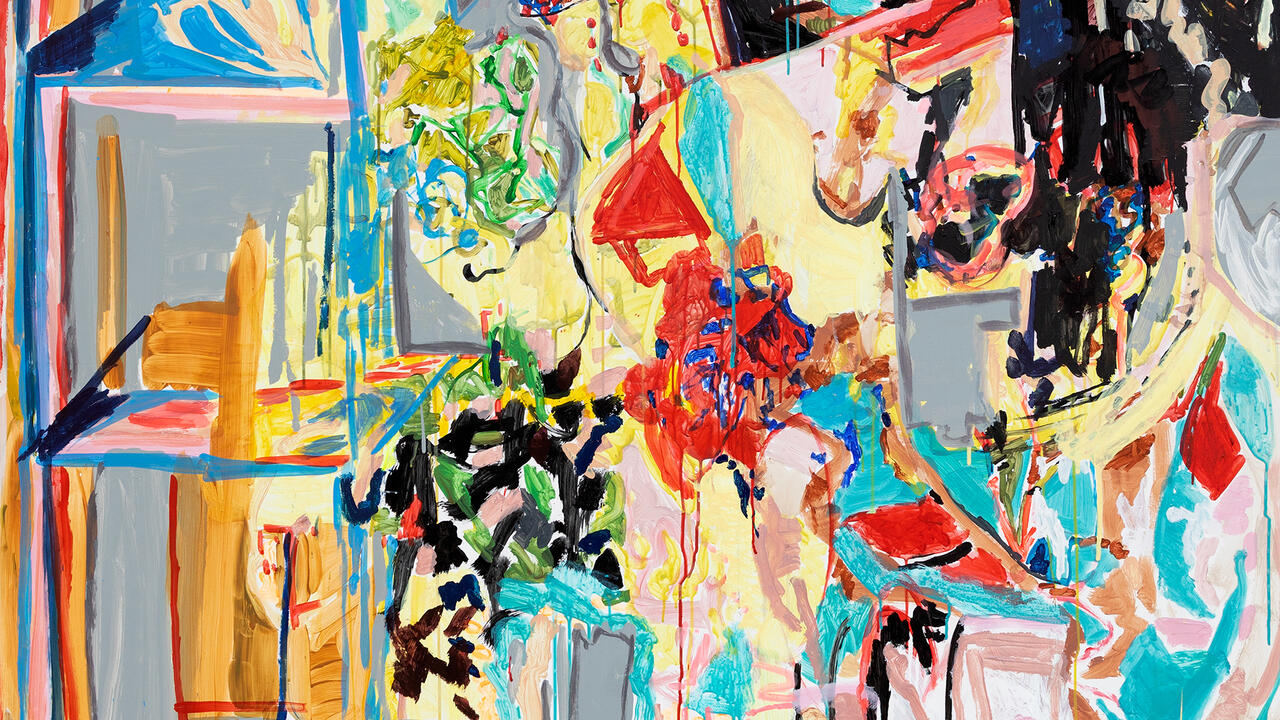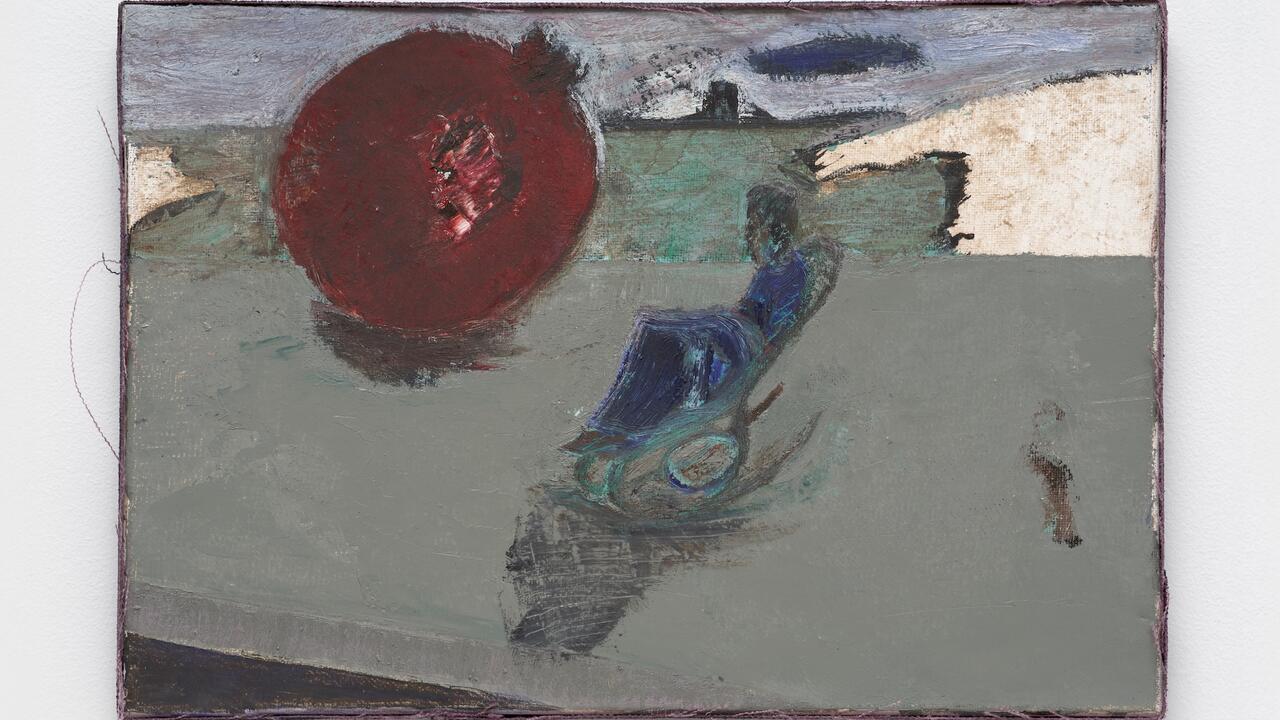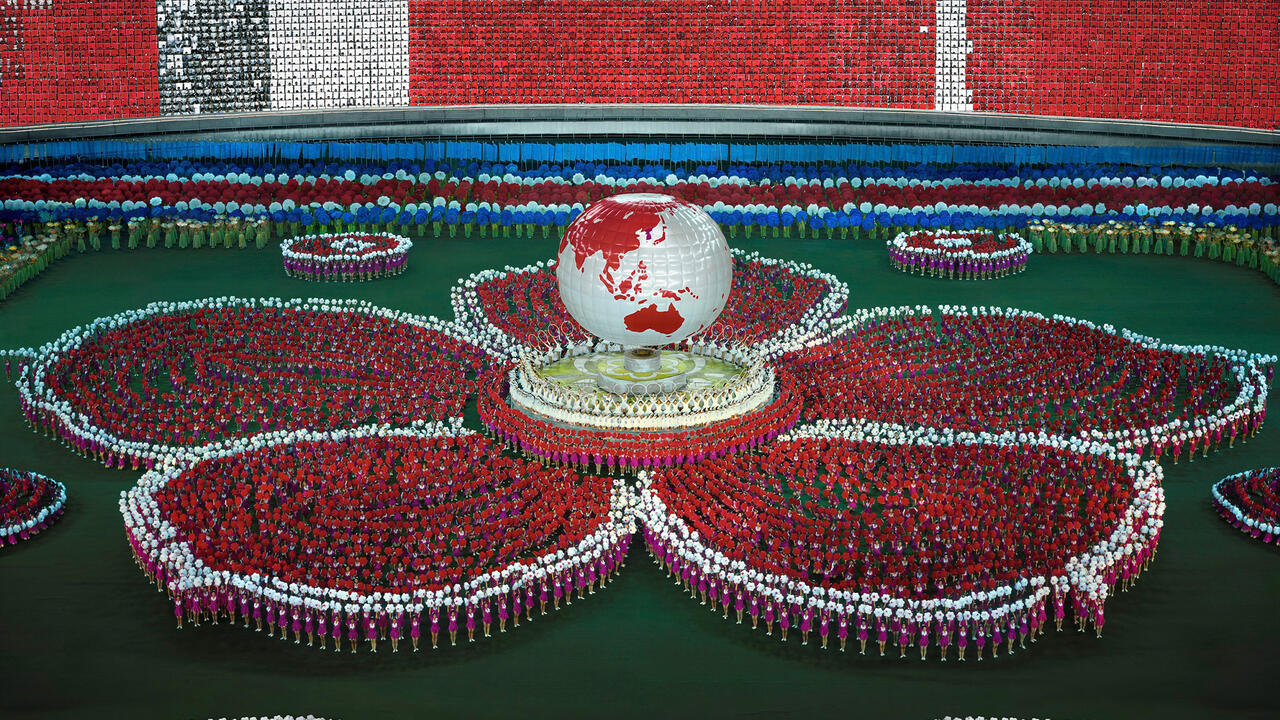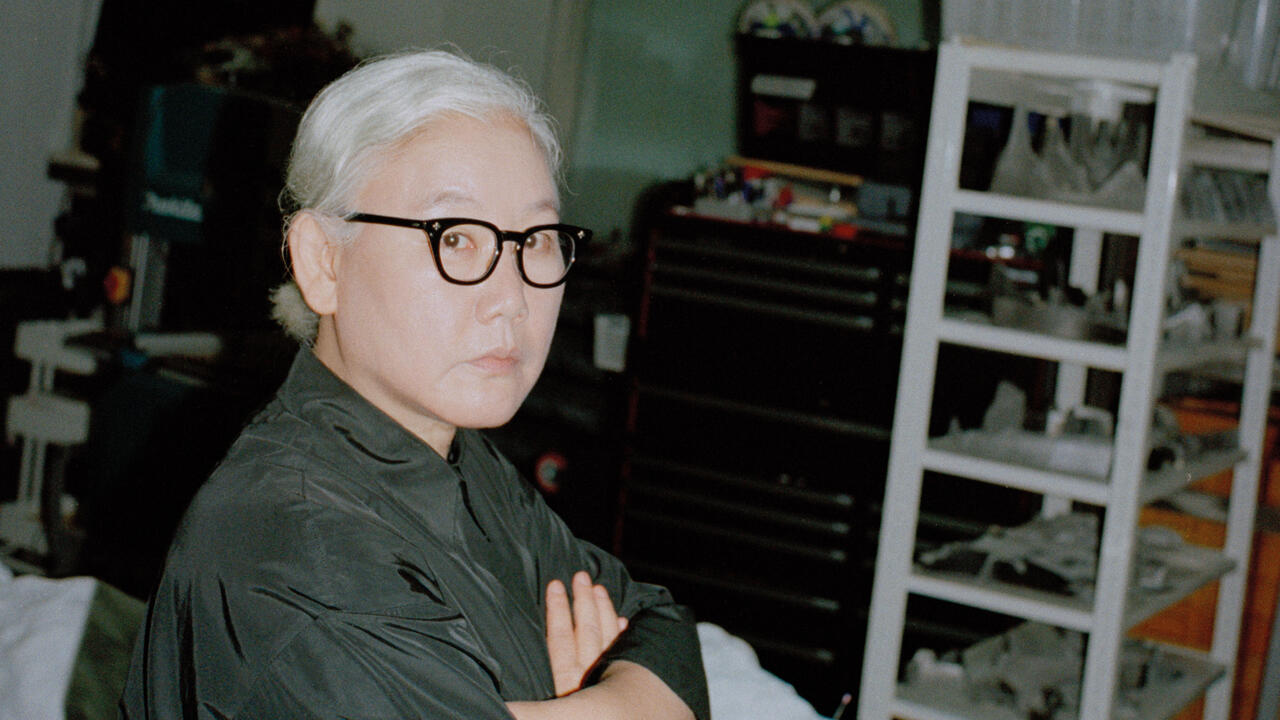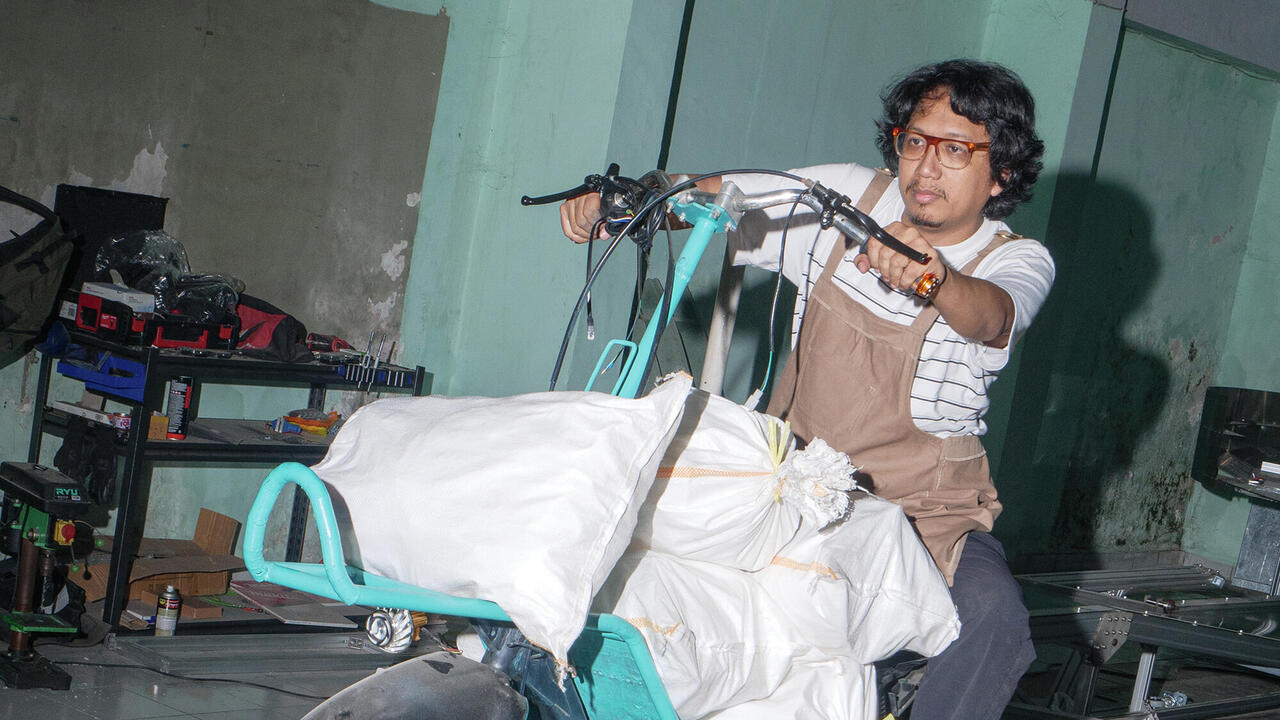Falling Up
In this series, frieze d/e looks at the logistics behind art works. Here, Michael Sailstorfer explains how he ‘reversed nature’ for Emscherkunst.2013
In this series, frieze d/e looks at the logistics behind art works. Here, Michael Sailstorfer explains how he ‘reversed nature’ for Emscherkunst.2013


The idea for my project Anti-Herbst (Anti-Autumn, 2013) came to me on a two-day bicycle tour along the river Emscher, in the Ruhr area. I was scouting locations for my contribution to Emscherkunst.2013, along with the other invited artists. I didn’t have any thoughts about the area before – I hadn’t done any projects there. On the second day we went to the Rheinaue, close to Duisburg-Walsum, a protected nature area. At one point, the cycle track curved around a large ash tree roughly fifteen metres high. I liked the spot immediately: on one side of the tree a new power station was visible, and on the other you could see the Rhein. On the far bank of the Rhein were piles of coal that people load onto ships. The Emscherkunst – with projects spread over more than 48 square kilometres in the Rheinland – takes place within the context of the river Emscher’s ‘re-naturalization’: the river was destroyed by 19th century industrialization, becoming dirty and polluted. Now, they’re trying to clean and regenerate it. What I liked was that everything happening in the area is more or less visible from the tree’s location: the aim to preserve the area, to preserve nature; new industry and old industry, too …
For a previous work, Rocket Tree (2008), I had used a four-person special effects team, and they happened to be located in this area. My idea was to ask them to help me realize this project, which I conceived as a performance. It would comprise both the tree and a film that would be on view in a trailer beside it. We would film the tree in autumn while it sheds its leaves and then we would reattach all these leaves to the tree so that it would look green and ‘normal’ again. When I told the special effects guys about the idea, one of them told me that they were actually doing a lot of similar work on film sets. For example once, shooting during winter, they had to decorate a street with green leaves, as if it were summer. So it is quite a common thing in the film industry. And admittedly there’s a cinematic aspect to my own project.

The film took eight weeks to produce: beginning filming in October 2012 while the tree was still green, we documented it until the leaves turned completely yellow. Our camera was set up in the same trailer where you can now see the video. (The tree is also viewable through the door of the trailer.) Outside, when the tree began losing its leaves, we used rakes to collect them, placing them in large nylon bags. The amount of leaves we collected per day depended on the weather, of course – whether it was windy or not, for example – but in the end we collected more than 100,000 leaves (we counted them).
We preserved the leaves by dipping each one in a kind of metallic lacquer and drying them in the sun. The leaves were then spray-painted green. When the weather was bad we brought some of the leaves to a workshop in Cologne, about 50 kilometers away, but most of the leaves we painted on-site. It was almost always windy and they dried much quicker than expected. Using a large cherry-picker, we then reattached the painted leaves one-by-one to the tree using small black zip-ties. In the video, you do not see this: you just see a tree which is first green, turning yellow, and slowly turning green again.

We only worked during daylight hours, starting in the morning: collecting leaves, preserving them, painting them, putting them back. It was almost like an agrarian situation – but it was also about labour and failure: the Sisyphian idea that it’s impossible to succeed no matter what the task. Some days, in November, it was extremely cold: minus 5 or minus 10 degrees, and it was really difficult to attach the small zip-ties to the branches of the tree with frozen fingers.
One of the special effects guys on my team – the video itself uses no special effects – started to really hate the tree after just one week, and, with the rest of the team, made a funny movie showing virtual rockets blowing up the tree. After two weeks I can say that everybody was exhausted. I had in mind that it would be this endless process, but I didn’t take into account that it would be such a psychological hurdle to keep the guys motivated. You work every day, but at the end of each day you see hardly any results. And it goes on like this for weeks. That was the most difficult thing about the process. Meanwhile, everyday there were tonnes of people coming by asking what’s happening. Cyclists would ask what we were doing. When I would tell them we’re reattaching all the fallen leaves, some would ask: are you nuts? Why are you destroying nature? A lot of people were very aggressive – because I think they thought we were damaging the tree, possibly destroying its branches etc., which we weren’t.

The longer we worked, the more it became apparent to spectators that something was not quite right – that the colour of the tree was, in fact, unnatural. The actual quality of the leaves looked quite bad, as they had each shrunk a little bit in the preservation process. It looked like someone had made an effort to do something to the tree – to paint it, or whatever, but it didn’t look 100% original. A fact, I think, that’s important. After finishing the project and shooting the film, we had to take down all the leaves – it’s a preserved area so we couldn’t just leave the leaves on the tree during winter. We spent another three days taking down all the leaves again. If you were to visit now, in late summer 2013, you would just see a beautiful tree with its natural green leaves, a trailer, and a small Sony studio monitor on a flight case.
The goal of the project was to reverse a natural process simply by using human power or effort; to use human labour to artificially revert the tree to the way it looked four weeks earlier – green, in summer. In the Ruhr area, it’s really hard to say what’s nature and what’s artificial. Of course, today anyone can walk outside of a city and enter a forest, but even there nothing is truly ‘natural’. Along the Rheinaue there is of course a lot of nature, but when you look around, you see the remnants of industry lingering around the greenest park. And with Anti-Herbst, it’s 100% about interference, since our work with nature was itself completely artificial.
(as told to Pablo Larios)
The cherry-picker used to reattach the leaves











